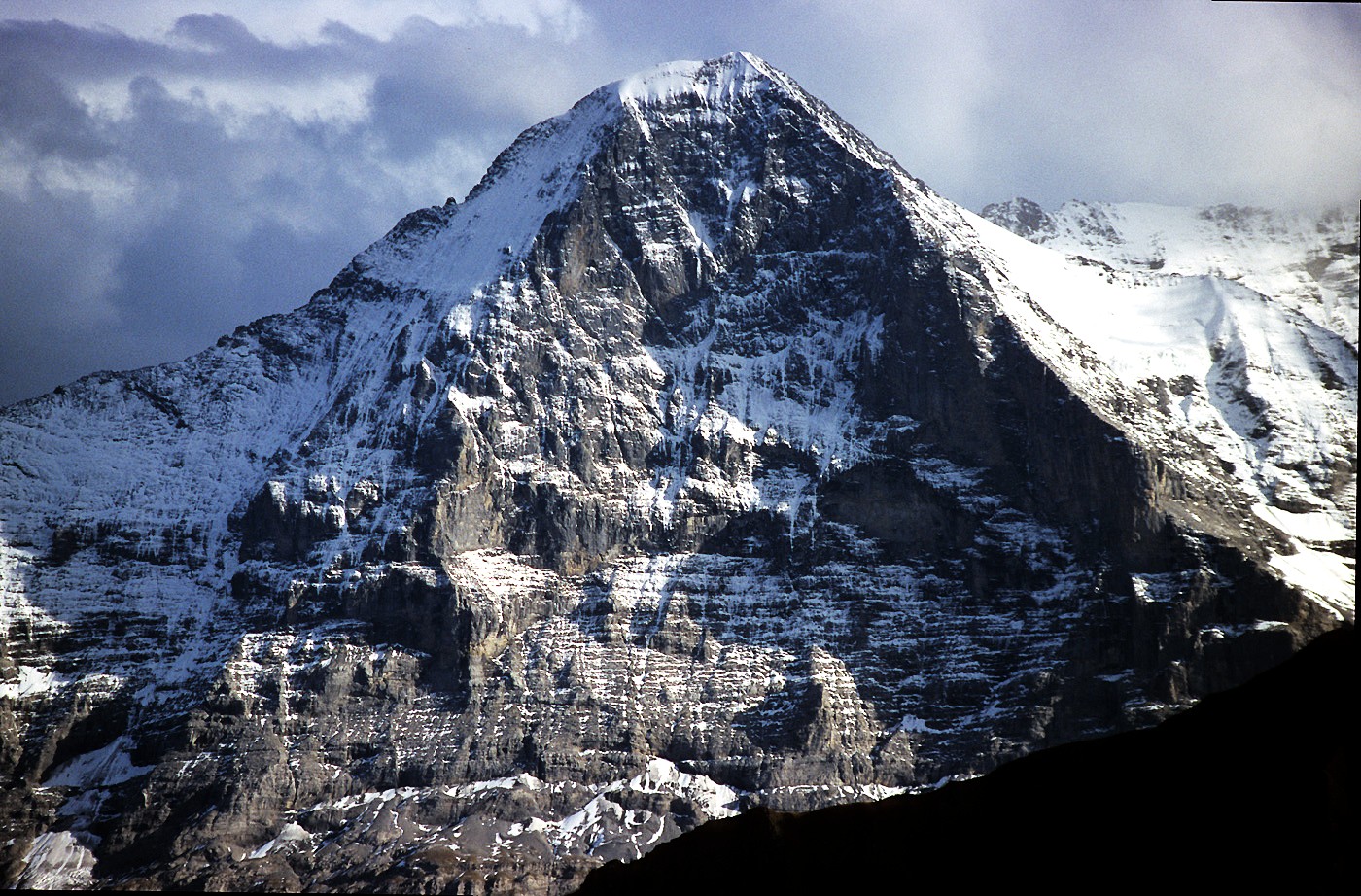World’s Top 5 Most Dangerous Mountains
Mountains are nature’s grandest challenge, drawing adventurers, climbers, and thrill-seekers from across the globe. While some peaks offer breathtaking views and rewarding climbs, others are ruthless and unforgiving, testing even the most experienced mountaineers. These mountains hold stories of triumph and tragedy, where the margin for error is razor-thin, and survival is never guaranteed. From the brutal weather conditions to treacherous terrain and unpredictable avalanches, these peaks have earned their reputation as the deadliest in the world. Let’s explore the top five most dangerous mountains, where danger lurks at every step.
1. Mount Everest – The Deadliest of Them All
The real danger of Everest isn’t just the altitude—it’s the unpredictable weather, the extreme cold, and the sheer exhaustion climbers face. Many adventurers underestimate the perilous climb, thinking a guided tour will ensure their safety. But nature has its own rules. The infamous Khumbu Icefall is a constantly shifting maze of ice towers and deep crevasses, where even experienced climbers can fall victim to sudden collapses. Over 300 people have lost their lives on Everest, and many of their bodies remain frozen on the mountain, serving as grim reminders of its deadly nature.
2. K2 – The Savage Mountain
One of the most infamous sections of K2 is the "Bottleneck," a narrow and treacherous path beneath towering ice seracs that can collapse without warning. In 2008, a tragic incident saw 11 climbers lose their lives in a single day when an avalanche swept through the area. The mountain’s unpredictability makes it a true test of endurance and skill. It’s no wonder that only a fraction of those who attempt K2 ever make it to the summit—and many never return.
3. Annapurna – The Killer Mountain
Unlike Everest, which has a well-established route, Annapurna’s terrain is wildly unpredictable. Avalanches are a constant threat, often sweeping entire teams off the mountain. The weather can change in an instant, leaving climbers stranded in whiteout conditions with no escape. In 2014, a sudden snowstorm on Annapurna triggered multiple avalanches, killing 43 trekkers and climbers in one of the worst mountaineering disasters in history. Despite its dangers, Annapurna continues to lure climbers seeking the ultimate challenge, knowing that success comes at the risk of death.
4. Nanga Parbat – The Man-Eater
Nanga Parbat’s Rupal Face, a 4,600-meter (15,091-foot) vertical wall, is one of the largest and most intimidating in the world. The mountain has a dark history—during the 1930s and 1950s, multiple German and Austrian expeditions met tragic ends here. Even today, it remains a deadly challenge, with climbers constantly battling sudden storms and the ever-present threat of frostbite and altitude sickness. While some have conquered its peak, many others have perished in the attempt, cementing its reputation as a true "Man-Eater."
5. Mount Eiger – The Killer of the Alps
The North Face of Eiger is a climber’s worst nightmare—sudden snowstorms can trap climbers mid-ascent, and rockfall is so frequent that even the most experienced mountaineers struggle to find safe passage. In 1936, a tragic attempt to climb Eiger’s North Face ended with the deaths of four climbers, their bodies left dangling on the mountain as a chilling reminder of the risks. Even today, modern climbers equipped with the latest gear still fall victim to the Eiger’s ruthless nature. Unlike Everest, where thousands attempt the climb each year, Eiger remains a battleground for only the bravest.
Conclusion
The world’s most dangerous mountains are more than just towering peaks—they are relentless forces of nature that command respect. Each of these mountains has a history written in blood, filled with stories of courage, ambition, and heartbreak. While some climbers dream of conquering them, others understand that these giants can never truly be tamed.
For those who dare to challenge these mountains, the reward is not just reaching the summit, but surviving the journey. Whether it’s the bone-chilling Death Zone of Everest, the savage terrain of K2, or the avalanche-prone slopes of Annapurna, one thing remains certain—these mountains do not forgive mistakes. The question is, would you dare to face them?



Comments
Post a Comment